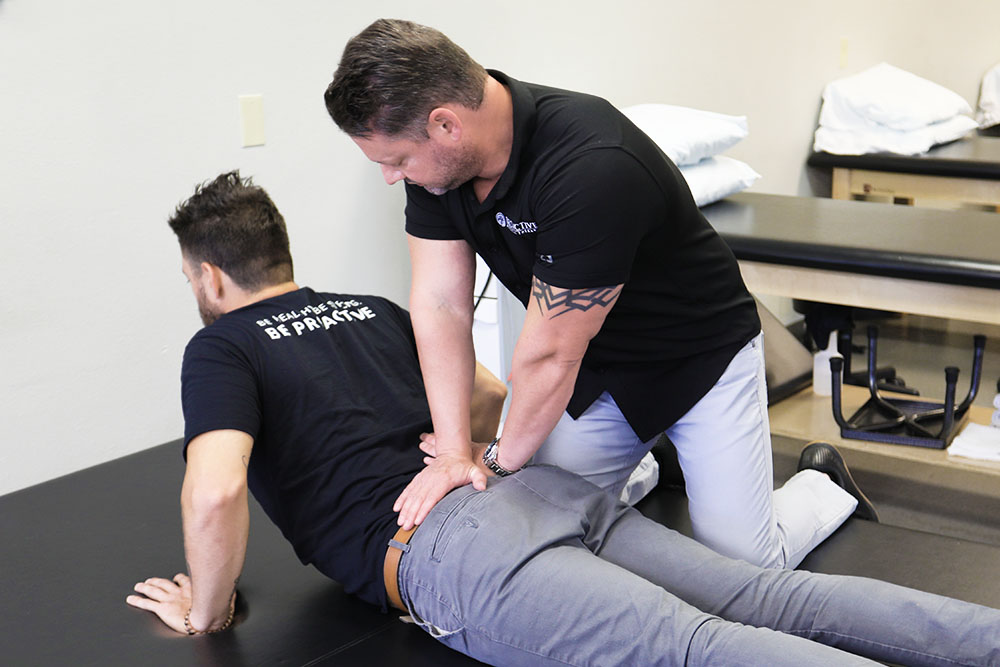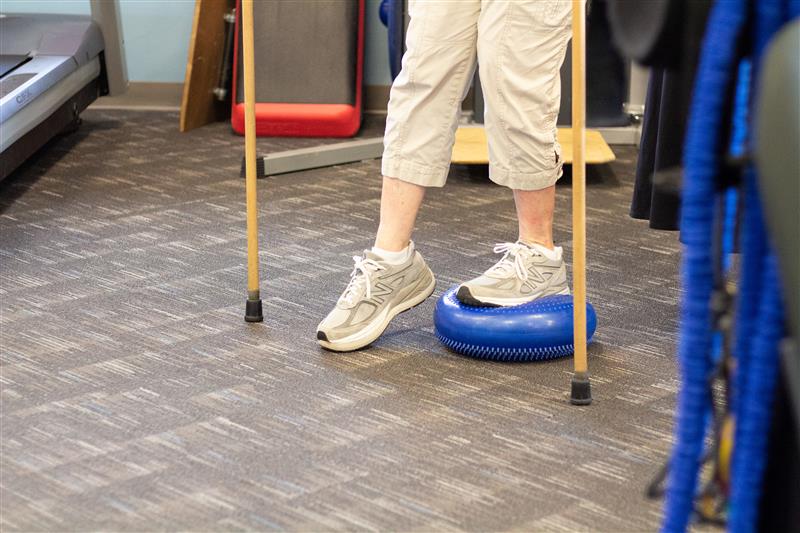If you’ve heard of sciatica but are not quite sure what it is or whether it may be the reason you are experiencing lower body pain, this guide to sciatica symptoms and treatment can help. Read on to see if you are suffering from this common condition and find some sciatica treatments and solutions that can provide relief.
What is Sciatica?
Sciatica is pain that affects the sciatic nerve, which runs down the back of the leg from the bottom of your spine to your foot. This nerve is narrow, less than one inch in diameter, but long. The sciatic nerve serves a dual purpose. It affects motor function, helping your legs and feet move. This special nerve also controls sensory function, allowing your feet and legs to feel sensations. Irritating this nerve can cause pain throughout the lower body.
What Causes Sciatica?
Sciatica occurs when the lower lumbar area or the lumbosacral spine becomes irritated. That irritation can be caused by many conditions, some more serious than others.

Sciatica pain is fairly common during pregnancy, as the growing baby and shifting pelvis put pressure on the lower back. Other conditions that aggravate the sciatic nerve include degenerative disk disease, stenosis of the spine, or spondylolisthesis.
Sciatica is only rarely caused by tumors, infections, or blood clots.
Are There Risk Factors for Sciatica?
While sciatica can often occur from causes outside of your control, there are risk factors that leave you more likely to suffer from sciatica. Many of these, when managed or avoided, will prevent sciatica.
Risk factors include:
- Being overweight
- Wearing high heels
- Not getting enough exercise
- Smoking
- Running or jogging
- Diabetic neuropathy
- Heavy lifting or twisting of your back
What Are Common Sciatica Symptoms?
Sciatica has some very distinct symptoms. Pain radiating down one side of your leg is usually the key indicator. It usually starts in your lower back or buttocks. The pain will sometimes worsen when you sit down. Other symptoms include hip pain, weakness in the leg or foot, burning or tingling down your leg, or shooting pain that makes it hard to stand.
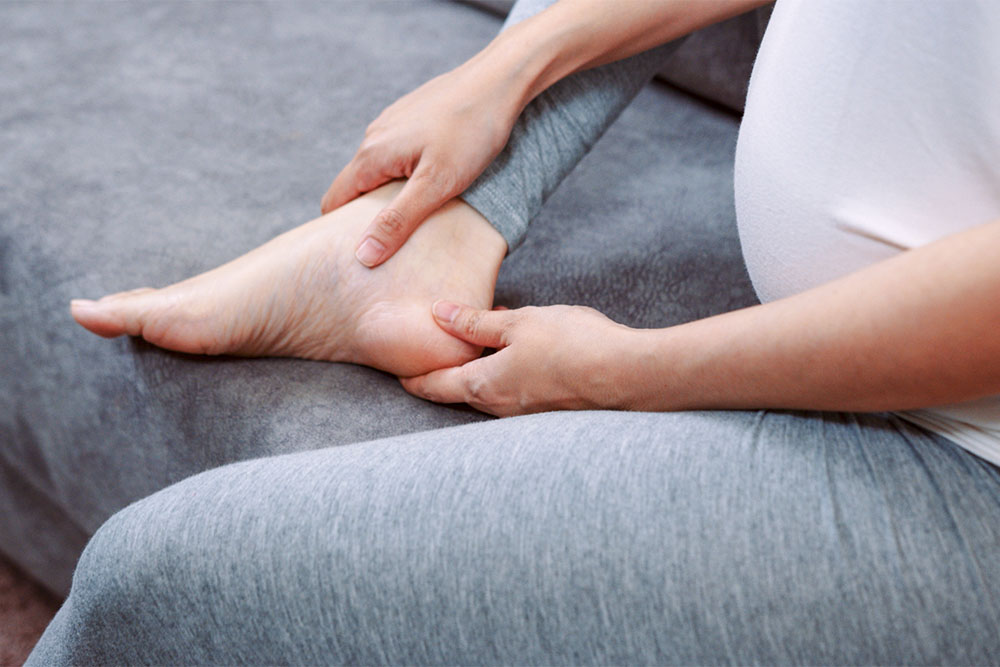
How Do I Find Sciatica Pain Relief?
Initial pain interventions for sciatica focus on alleviating symptoms. Gentle stretching and alternating hot and cold packs can help ease discomfort. Over-the-counter medications are also recommended to manage pain.
Are There Sciatica Stretches That Will Help?
Stretching, especially stretching the lower back and hips, can help relieve sciatic pain. These five simple exercises are particularly beneficial for sciatica relief. You may be able to perform them without help.
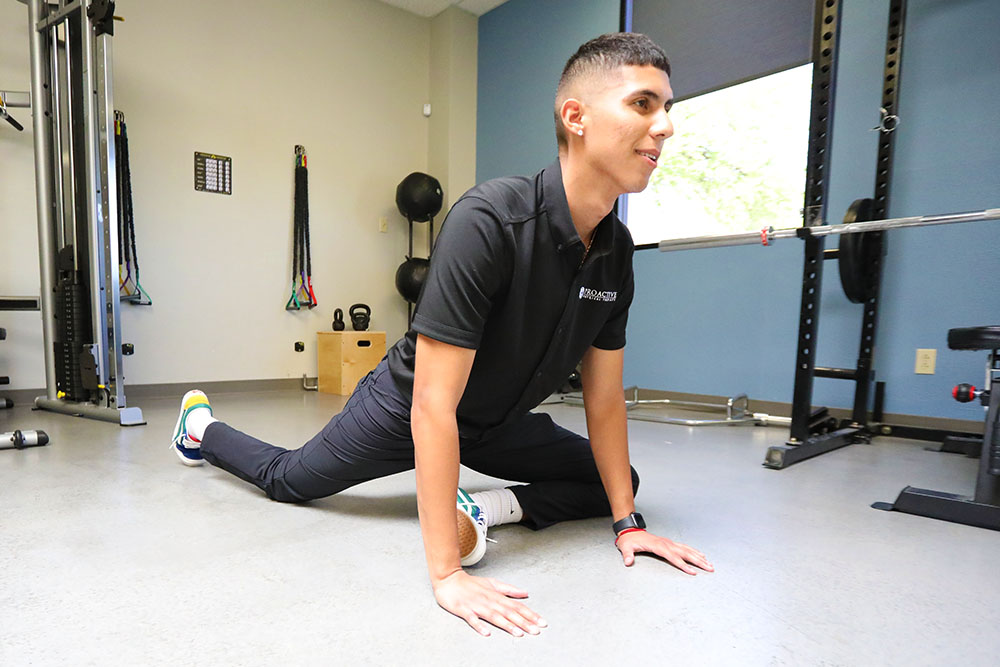
1. Reclining Pigeon Pose
This common yoga pose helps open the hips. Lying on your back, sit with your feet flat on the floor and knees bent. Place your right ankle on your left knee so your legs form a number 4 shape. Raise your left knee toward your chest.
Use your hands to gently pull on the left leg for a deeper stretch. Then gently lower your left leg to the ground and do the same on the other side.
Once you have mastered the reclining pigeon pose, you can progress to sitting and forward versions.
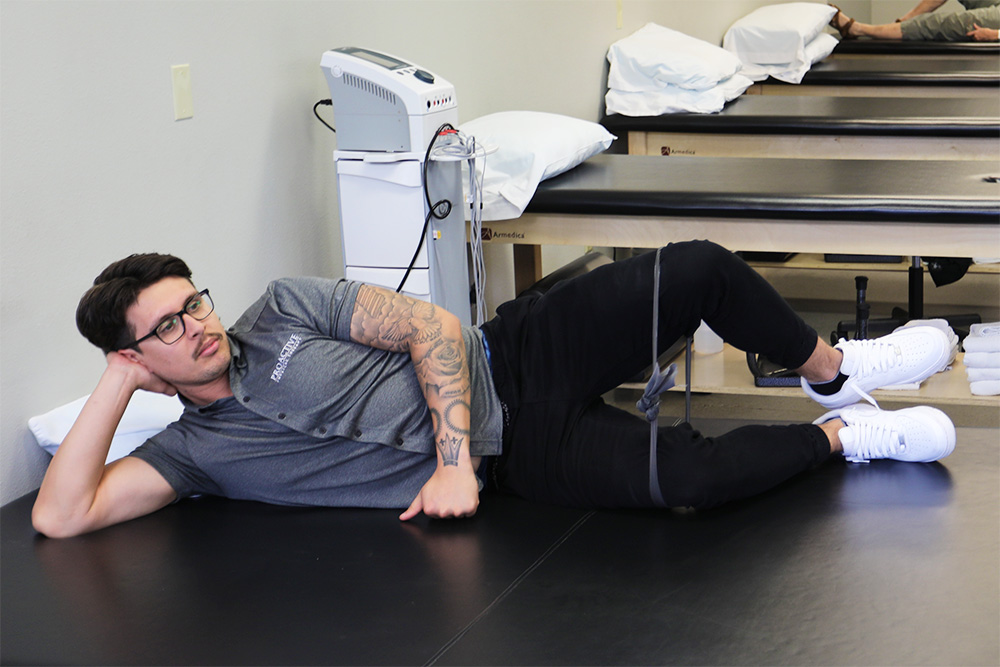
2. Clamshells
Lie on your side with your legs stacked and knees bent at a 45-degree angle. Rest your head on your lower arm, and use your top arm to steady your frame. Be sure that your hipbones are stacked on top of one another, as there is a tendency for the top hip to rock backward. Engage your abdominals by pulling your belly button in to stabilize your spine and pelvis. Keeping your feet touching, raise your upper knee as high as possible without shifting your hips or pelvis. Don’t move your lower leg off the floor. Pause, and then return your upper leg to the starting position on the ground. Perform 20 repetitions on each side.
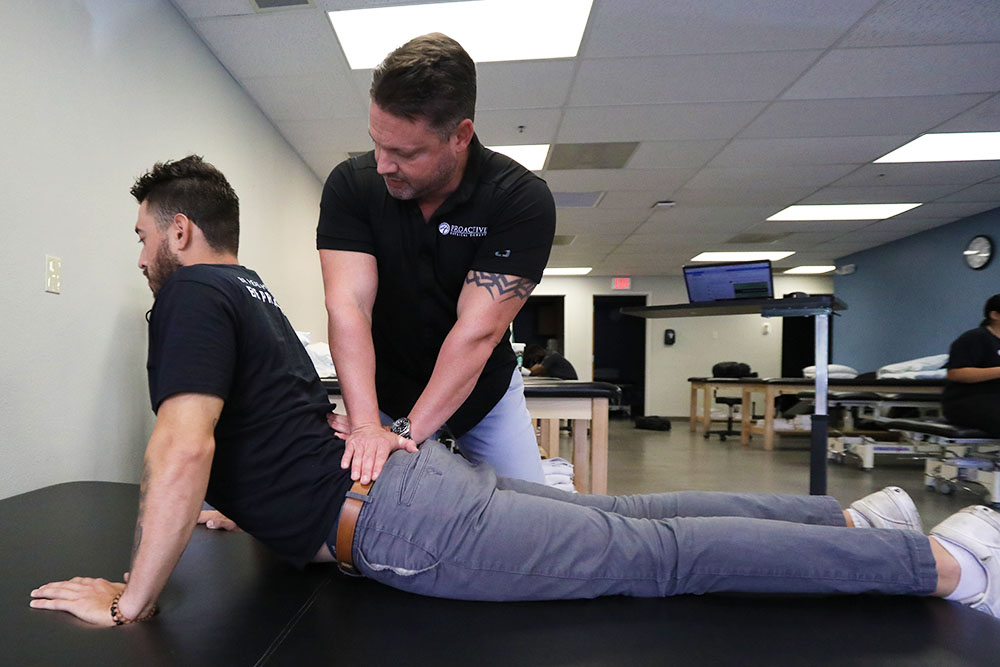
3. Repeated Extension in Lying
To perform the exercise, lie on your stomach with your elbows bent and your hands flat on the ground under your shoulders. Keep your back and hips relaxed, and then use your arms to press your upper back and shoulders up, similar to the upward dog yoga pose. Hold the press-up position for two seconds, and then slowly return to the starting position. Repeat the exercise for ten repetitions.
4. Basic Seated Stretch
Sit down in a chair and cross your more painful leg over the knee of your opposite leg. Bend forward, holding your spine straight, and lower your chest toward your legs until you feel a gentle, relieving stretch on your painful side.
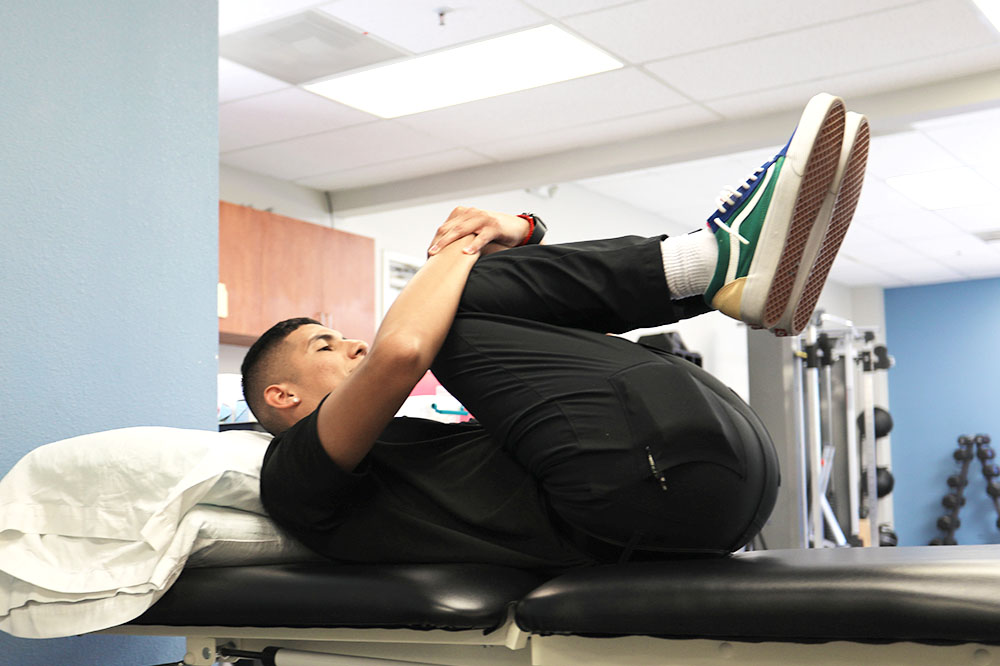
5. Back Flexion Stretch
While lying on your back, bend both knees up toward your chest. Grab both knees and gently pull them toward your chest until you feel a gentle stretch through your mid and lower back.
Once you have mastered the basic back flexion stretch, increase the intensity by slowly bringing your head forward while pulling your knees toward your chest.
Is There Another Sciatica Treatment?
If the initial interventions like gentle stretching, hot and cold packs, and OTC medication do not provide relief, doctors can move on to more aggressive procedures.
Your doctor may recommend steroid injections, such as cortisone shots, to reduce the inflammation surrounding the sciatic nerve. These injections often mitigate pain in the short term. However, the steroid eventually wears off, and often the pain returns.
If you have extreme pain that does not improve after steroids, there may be an underlying cause of the condition, such as a bone spur or herniated disk. If that is the case, your doctor may recommend surgery.
Removing the irritant, such as a bone spur or herniated disk that is pressing on the sciatic nerve, can permanently solve your pain. Medical professionals reserve this step for extreme cases that cause intolerable pain, debilitating weakness, or bladder or bowel control loss.
Can Physical Therapy Help Sciatica?
Physical therapy can treat, relieve, and even prevent sciatica. Contacting a qualified physical therapist for assistance with sciatica pain is an excellent way to promote healing and avoid more invasive medical treatments.
Physical therapists can help by providing manual therapies, designing specific exercise programs to address your needs, and rehabilitating lower back pain and loss of use.
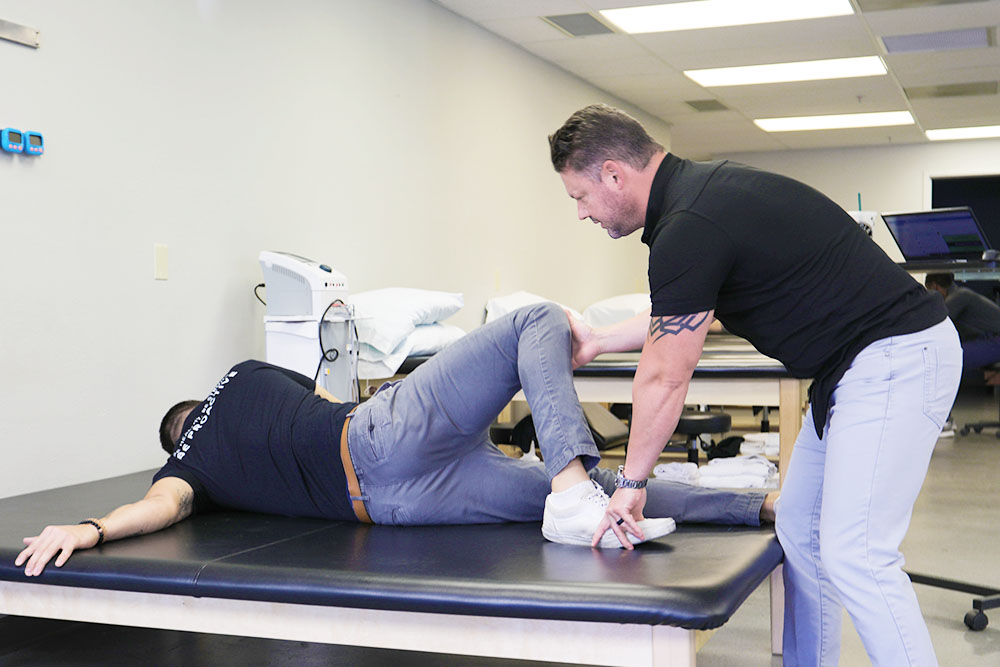
What are the Goals of Physical Therapy?
The goals when treating sciatic pain with physical therapy can include:
- Relieving pain throughout the lower body
- Reducing muscle spasms and cramping
- Restoring pain-free function
- Improving mobility
- Alleviating fear of movement
- Preventing the recurrence of sciatica or related conditions
Sciatica exercises focus on restoring health and preventing future flare-ups. Working with a physical therapist to stretch and relieve inflammation is more effective than bed rest when treating severe sciatica. Regular movement is an essential component of a long-term sciatica solution.
A qualified physical therapist like the professionals at ProActive Physical Therapy can help you find relief from sciatica. Our team of certified physical therapists has helped hundreds understand their condition. They can help you recognize the symptoms, recover fully, and prevent future battles with this common issue. Request an appointment today at any of our convenient locations.

